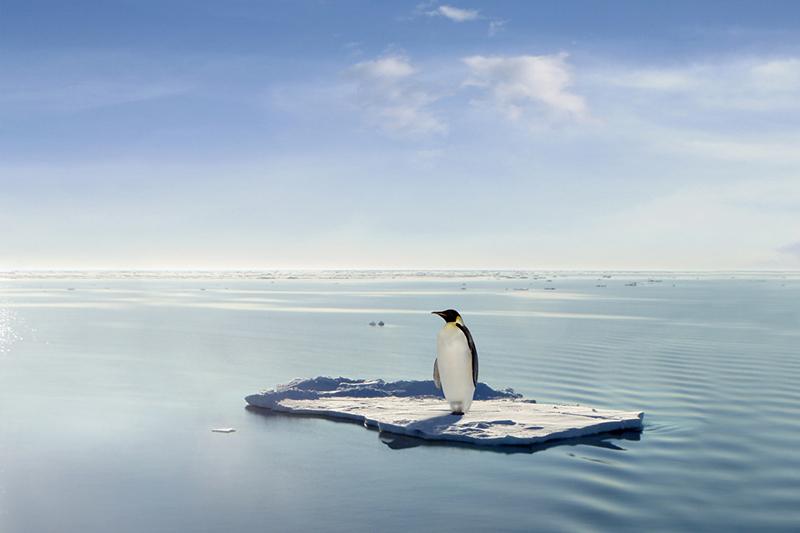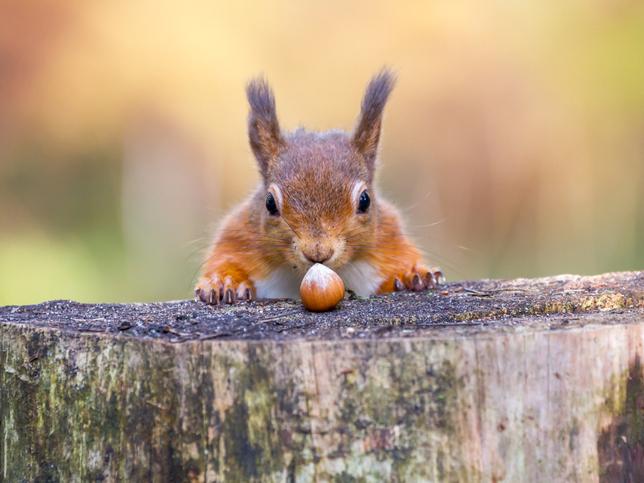Nearly 12,000km separate Middlesbrough and Guam. The Yorkshire town and the Pacific island are almost as far apart as any two points on earth can be. Yet two students from these places came together in the same room earlier this year to share how they responded to the same brief: tell a story that identifies both an environmental problem and a solution.
This meeting took place at the annual Planet Forward summit in Washington DC. Planet Forward is an initiative from George Washington University that aims to develop a global community of environmental storytellers. The word “storytellers” is used deliberately here because those who join this interdisciplinary summit are not just journalists and writers. The project aims to encourage students from all fields – from the creative arts to sciences, business and marketing. Participants are asked to use their unique skills and perspectives to tell stories about what is being done to counter environmental issues.
- Bring the SDGs into the classroom through role play and gamification
- Moving beyond climate change to teach the climate crisis
- A practical approach to tackling eco-anxiety
But how do you bring such distinct subject groups together around one project?
At Teesside University, we involved more than 200 students across 11 courses and multiple year groups in responding to the Planet Forward brief. The quality of work produced, not to mention the diversity of voices and perspectives represented, has shown us how the democratisation of the art of storytelling can be a catalyst not just for excellent creative output but potentially for something much bigger: real change.
When it comes to creating environmental-themed projects, this is what we learned:
Get emotional
Some students may be apathetic towards environmental issues or unaware of the drivers and effects of climate change. By focusing on emotional responses as the starting point, we allow all students to get an early foothold in the project. You don’t need an MA in environmental science to answer the question: “How does it make you feel to see plastic on the beach?” or “Describe a natural space that means a lot to you.” After making this initial connection to the environment, the student can begin to formulate a more detailed and personal response to the brief.
Keep it simple
Environmental stories by their nature are often scientific and frankly impenetrable to some audiences. As academics working with students from non-scientific backgrounds, we must have a clear understanding of the issues under discussion and communicate them in ways that can be broadly understood. We must not be afraid of simplifying issues. As UK government content strategist Sarah Winters says in her book Content Strategy: “It’s not dumbing down, it’s opening up.”
Avoid cliché
Take a second now to think of an image you associate with climate change. What comes to mind? A melting iceberg, perhaps, complete with soon-to-be-homeless penguins. Or a displaced polar bear scavenging in a tip, its previously immaculate white coat daubed with human grime. You might have thought about wind turbines, oil derricks or electric cars, depending on your perspective on the issue.
But what does any of this mean to a sports journalist? Or a comic artist? It’s vital that we shatter the clichés that engulf environmental discourse and frame the issues in ways that are relevant to our students’ areas of interest. Take sports journalism, for instance. At Teesside, we have a group of first-year students researching the most environmentally sustainable football clubs and interviewing representatives from the best- and worst-performing of them. Another group interviewed fan groups about their plans to reduce the carbon footprint associated with travelling to matches. It’s important to keep an eye on the global view, but sometimes we need to localise and personalise the issues to give them greater impact.
No limits on format
Stories don’t always come printed in dusty old volumes or written in pixels on the pages of a website. They may not come in the form of a video or podcast, either. These are all valid ways of telling stories, of course, but if we are to take an inclusive approach, we have to consider non-traditional storytelling methods. Fashion students might tell their stories through the creation of pollution-inspired garments or musicians with soundscapes prompted by environmental trigger words.
Our approach is evidently consistent with other schools present in Washington DC, where the summit witnessed video reports, comic strips, written articles and pieces of music. Submissions focused on issues as diverse as manufacturing, wildlife and indigenous cultures. But in some way, participants all explored solutions to the world’s environmental crisis as opposed to wallowing in its destructive consequences.
Farron, from Guam, for instance, created social media videos that go beyond showing the littering of beauty spots in his homeland. He showed what is being done to tidy up the mess. Members of his online audience of thousands are encouraged to play their part and frequently do. Teessider Danny created a short film about an industrial-waste-processing firm that, through working with our university, has developed a method to turn a byproduct into a useable brick for construction. The story has been shared around the world and could inspire other similar innovation.
“When I was younger, the environment wasn’t really a big concern for me,” Danny said. “But the more I learn, the more I am inspired to do something about it, and through sharing stories, I think we can make a difference.”
Middlesbrough and Guam may be at opposite ends of the world, but when it comes to environmental challenges, and how we might overcome them, perhaps they are not that far apart, after all.
Jim Entwistle is a senior lecturer in digital journalism at Teesside University.
If you would like advice and insight from academics and university staff delivered direct to your inbox each week, sign up for the Campus newsletter.




comment